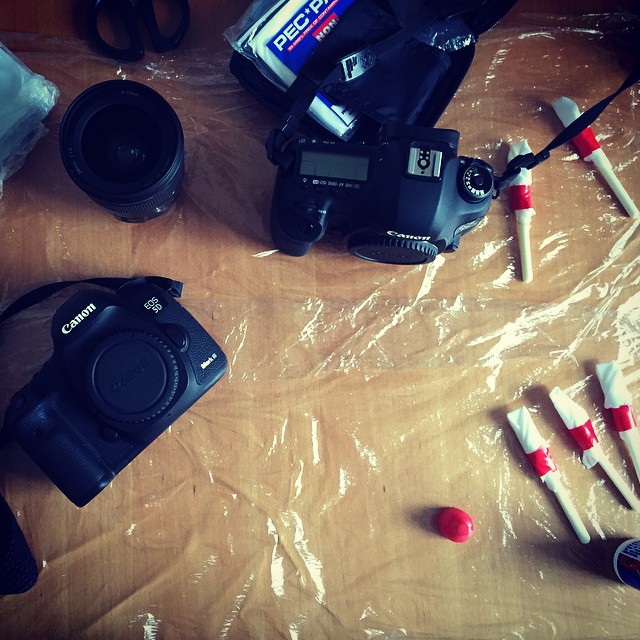- Messages
- 41,842
- Name
- 'Gramps'
- Edit My Images
- No
Had an email from WEX this morning advertising a special event they were running to clear certain goods out of their various outlets.
What caught my eye was the offer of a free sensor clean for the first 100 visitors who bought something (min price shown) ... they quoted the normal charge for sensor cleaning as £36 for a crop camera or £55 for full frame and it got me wondering why the substantial difference in price?
Personally I've done both and apart from cleaning pad size I'm stumped to see a justification.
What caught my eye was the offer of a free sensor clean for the first 100 visitors who bought something (min price shown) ... they quoted the normal charge for sensor cleaning as £36 for a crop camera or £55 for full frame and it got me wondering why the substantial difference in price?
Personally I've done both and apart from cleaning pad size I'm stumped to see a justification.




